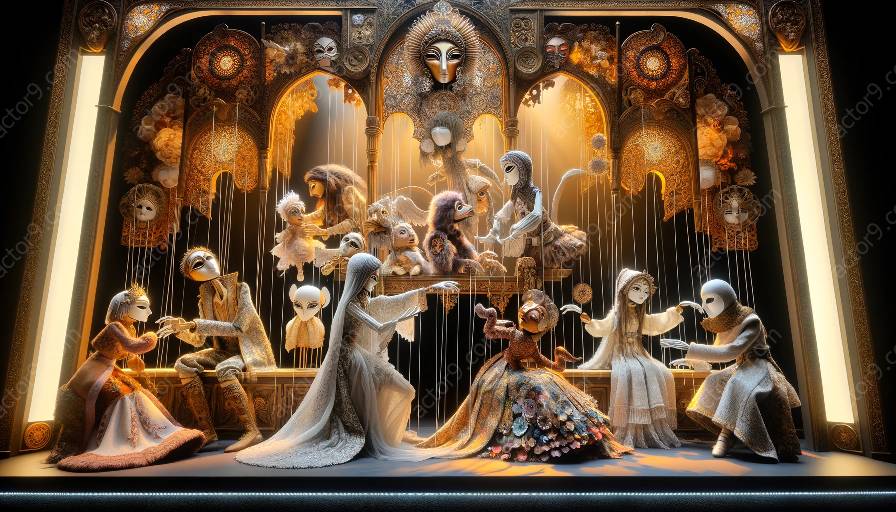Improvization is a key element that influences the use of space and movement in puppetry and mask performances, adding depth and spontaneity to the art form.
How does improvisation impact the use of space and movement in puppetry and mask performances?
When exploring the impact of improvisation on space and movement in puppetry and mask performances, it's important to consider how these theatrical forms rely on the seamless integration of movement and space to bring characters and narratives to life. Improvisation in these performances can significantly impact the use of space and movement in the following ways:
- Enhancing Spontaneity and Creativity: Improvisation allows performers to be more spontaneous and creative in their use of space and movement. Puppetry and mask performances often involve intricate choreography and blocking, and improvisation adds a layer of unpredictability that can breathe new life into these movements.
- Creating Dynamic Interactions: Improvisation enables performers to create dynamic interactions with the space and other performers. In puppetry and mask performances, this can lead to unexpected interactions that infuse the performance with authenticity and energy.
- Expanding Theatrical Possibilities: Through improvisation, performers can explore new ways of utilizing the performance space and movement to tell stories. This can lead to innovative staging and movement choices that push the boundaries of traditional puppetry and mask performances.
Connection to Improvisation in Puppetry and Mask Work
The impact of improvisation on space and movement also extends to the broader context of improvisational techniques within puppetry and mask work. The art of puppetry and mask work thrives on improvisation as it allows performers to adapt to unforeseen circumstances and maintain the integrity of their characters and narratives. As such, improvisational skills are vital for puppeteers and mask performers, enabling them to respond fluidly to the dynamics of space and movement during a performance.
Connection to Improvisation in Theatre
Furthermore, the impact of improvisation on the use of space and movement in puppetry and mask performances aligns with the principles of improvisation in theatre. Both forms share a reliance on spontaneity, creativity, and adaptability, as well as the ability to engage with the surrounding environment in a dynamic and fluid manner. The intersection of improvisation in puppetry and mask performances with broader theatrical improvisation highlights the interconnected nature of these performance styles.
As such, improvisation plays a crucial role in influencing the use of space and movement in puppetry and mask performances, ultimately enriching the artistic experience for both performers and audiences.




























